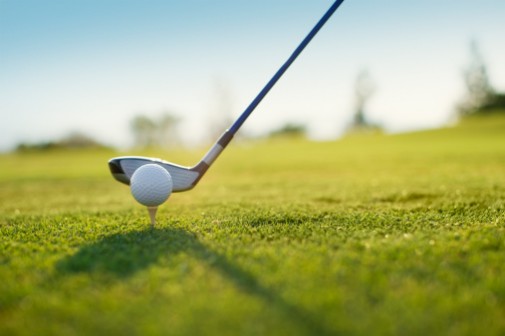Your golf score may not be your only pain

Shooting a triple-digit score in your golf game can prove painful enough, but incurring actual, physical injury during what is supposed to be a low-impact sport may be even worse.
According to a recent study conducted by Stanford University School of Medicine and published in the Journal of Applied Biomechanics, the leading cause of injury to golfers is improper golf-swing biomechanics, otherwise known as over-rotation. The study concludes that 26 percent to 52 percent of golf injuries affect the lower back region; another 6 percent to 10 percent involve the shoulder. As many as 36 percent of golfers analyzed in the study complained of injury to their wrists.
Experts say that 15 percent to 20 percent of golfers each year sustain injury on the golf course, including lower back pain, shoulder injuries, tendinitis, plantar fasciitis and knee pain.
“Most commonly, I see golfers who suffer from shoulder pain, such as rotator cuff injuries; tendinitis in the elbow commonly, called ’golfer’s elbow;’ and knee sprains,” says Dr. Nirav Shah, an orthopedic surgeon at Advocate Christ Medical Center in Oak Lawn, Ill.
“Golfer’s elbow” and rotator cuff injuries are often caused by a golfer’s improper mechanics, as well as poor conditioning, he says.
“Some of these injuries are secondary to overuse, while others are secondary to an acute injury that occurs when a golfer takes too big of a divot or makes an unusual swing of the club. Other injuries are related to a golfer’s lack of proper conditioning.”
Overuse and over-rotation create much of the physical stress leading to these injuries, but Dr. Shah adds that age also plays an integral role in a golfer’s overall health.
“Typically, we see these injuries occurring in middle-age golfers (ages 40-60),” he says. “Because of weakening bone and joint tissue, aging bodies are not able to handle the same amount of force produced by the swing.”
Some struggle with these injuries on a daily basis, but simple precautions can be taken to help prevent injury in the first place or, at least, alleviate, some of the associated pain. Seeking a professional’s guidance to improve golfing mechanics and undergoing a proper stretching and conditioning routine are ways to avoid injury, advises Dr. Shah.
“Players should maintain a proper fitness routine, strengthening their hip and core muscles. Being well conditioned and stretching regularly are key factors in one’s approach to the game of golf,” says Dr. Shah
And, should injury occur out on the golf course, icing, stretching, and seeking medical attention are recommended to alleviate the pain, Dr. Shah recommends.
Related Posts
Comments
About the Author
health enews staff is a group of experienced writers from our Advocate Health Care and Aurora Health Care sites, which also includes freelance or intern writers.

















